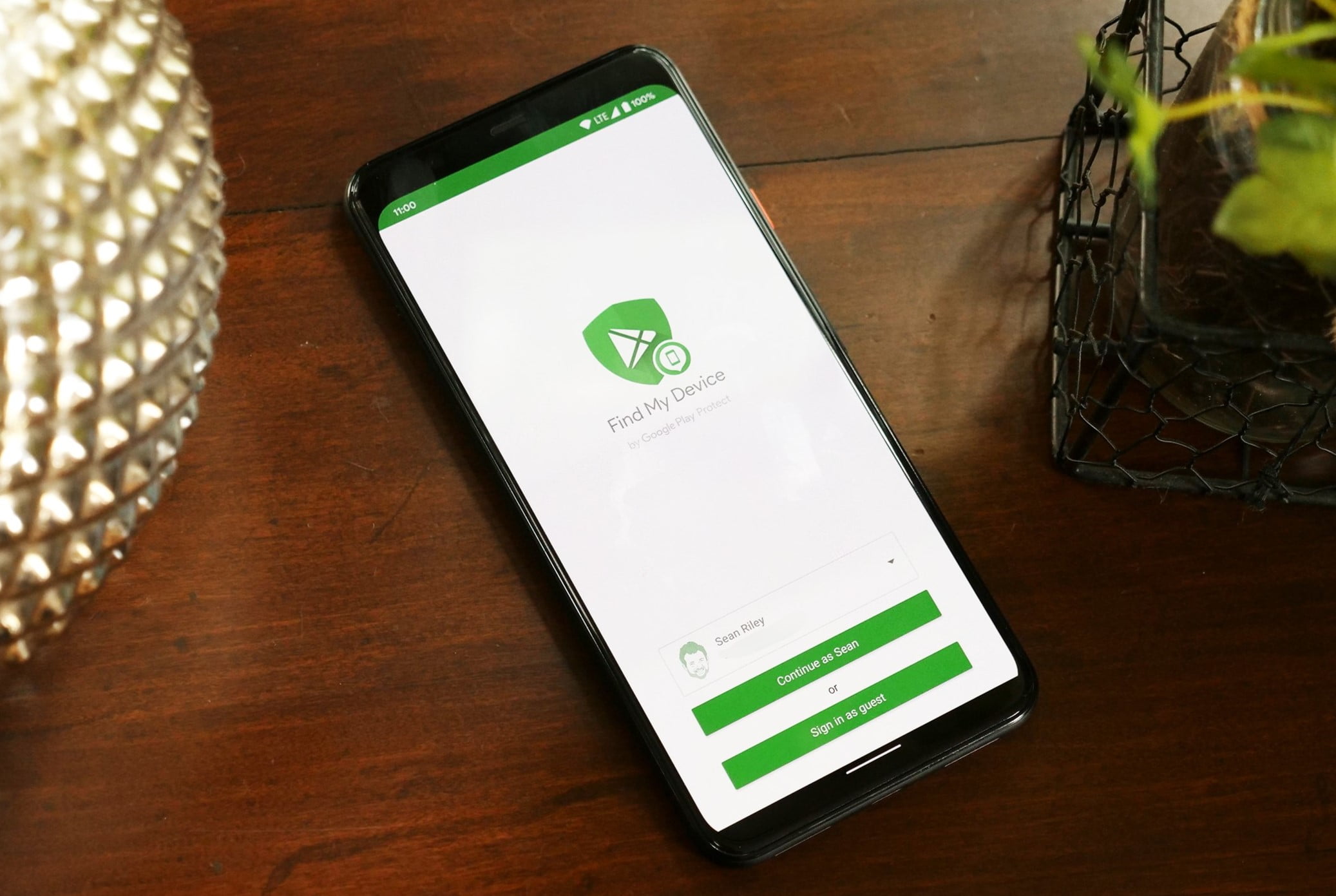
Enable Find My Device
Losing your phone can be stressful, but enabling "Find My Device" can help you recover it.
Accessing Find My Device
- Open your phone's settings app.
- Scroll down and tap on "Security."
- Select "Find My Device."
- Toggle the switch to turn on "Find My Device."
Understanding the Feature
- Syncs with your Google account, allowing you to locate your phone from any internet-connected device.
- Options to play a sound, lock, or erase all data remotely.
Using Google's Find My Device Website
- Visit Google's Find My Device website on another device.
- Sign in with the same Google account linked to your lost phone.
- Click on your phone's name from the list of devices.
- Wait for the location to appear on the map.
- Choose an action: Play Sound, Secure Device, or Erase Device.
Add Alternate Contact Information
Adding contact information to your lock screen can help someone return your phone if found.
Accessing Lock Screen Options
- Open your phone's settings app.
- Scroll down and tap on "Security."
- Look for "Lock Screen" options.
- Select "Contact Information" or "Owner Info."
Entering Contact Information
- Enter a phone number or email address for someone to reach you.
- Ensure this information is clear and easily readable.
Regular Backups
Regularly backing up your phone data ensures you don't lose important information.
Using Cloud Services
- Use cloud services like Google Drive for photos, contacts, and important files.
- Go to your phone's settings and find "Backup & Reset."
- Ensure your data is being backed up regularly.
Local Backups
- Use an external hard drive or USB drive for local backups.
- Connect your device to the storage device and transfer necessary files.
Keep Your Phone Secure
Strong passwords and biometric security features can help keep your phone secure.
Choosing a Strong Password
- Avoid easy-to-guess passwords like "1234" or "password."
- Opt for a mix of letters, numbers, and symbols.
- Use a password manager if remembering complex passwords is difficult.
Using Biometric Security
- Enable fingerprint or facial recognition if available on your device.
- These features add an extra layer of security.
Stay Aware of Your Surroundings
Being mindful of where you place your phone can prevent it from getting lost.
Avoid Public Places
- Avoid leaving your phone in public places like restaurants or parks.
- These areas are more prone to theft and loss.
Secure Storage
- Keep your phone in a secure pocket or bag when out and about.
- Always double-check before leaving a place to ensure you have your phone.
Configuring Your Phone for Easy Recovery
Configuring your phone to be easily recoverable is crucial if it gets lost or stolen.
Open Settings App
- Open your phone's settings app.
- Scroll down and tap on "Security."
- Select "Find My Device."
Toggle Switch
- Toggle the switch to turn on Find My Device.
- This will enable the feature and start syncing with your Google account.
Google's Find My Device Website
- Visit Google's Find My Device website on another device.
- Sign in with the same Google account linked to your lost phone.
- Click on your phone's name from the list of devices.
- Wait for the location to appear on the map.
- Choose an action: Play Sound, Secure Device, or Erase Device.
Best Practices for Finding Your Lost Android
Following these best practices can significantly increase your chances of recovering your lost Android phone:
- Enable Find My Device: Always keep this feature on.
- Keep Location Services On: Ensure your phone's location is always active.
- Use Google Account: Log into your Google account on your phone.
- Secure Your Device: Set a strong password or PIN.
- Backup Regularly: Regularly backup your data.
- Notify Authorities: If stolen, report to the police with your phone's IMEI number.
- Remote Lock and Erase: Use Find My Device to lock or erase data remotely.
- Keep Battery Charged: A dead battery makes tracking impossible.
- Label Your Phone: Add contact info on your lock screen.
- Stay Calm: Follow these steps methodically.
Other Methods to Find a Lost Phone
While "Find My Device" is powerful, other methods can help locate a lost phone:
Android Device Manager
- Built-in feature allowing you to ring your phone remotely, lock it, or erase its data.
- Pros: Built-in, easy to use, can ring your phone even if it's on silent mode.
- Cons: Requires internet access and may not work if the phone's battery is dead.
Third-Party Apps
- Several third-party apps offer similar functionality to "Find My Device."
- Pros: Often provide additional features like remote camera access or data encryption.
- Cons: May require subscription fees or have limitations compared to Google's official service.
By following these steps and staying vigilant, you can minimize the impact of losing your phone and increase the chances of recovering it quickly and safely. Prevention is key; always keep your device secure and regularly backed up to ensure you're prepared for any situation that may arise.
